UK and Switzerland signed an agreement on Sunday that will protect GBP 32B trade relationship between the two countries. With the agreement, both countries will continue to trade on preferential terms after Brexit. That is, the two countries could continue to trade freely without new tariffs. But financial services are not included in the deal.
UK Trade Minister Liam Fox hailed that “”Switzerland is one of the most valuable trading partners that we are seeking continuity for.” And, “this is of huge economic importance to UK businesses so I’m delighted to be here in Bern ensuring continuity for 15,000 British exporters. ”
Fox added that “not only will this help to support jobs throughout the UK but it will also be a solid foundation for us to build an even stronger trading relationship with Switzerland as we leave the EU.”




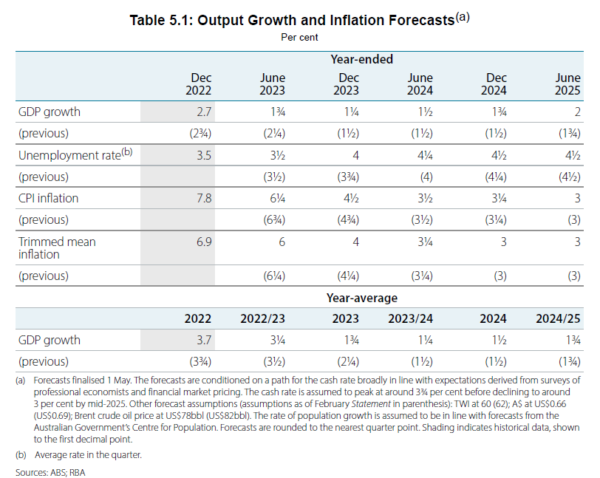
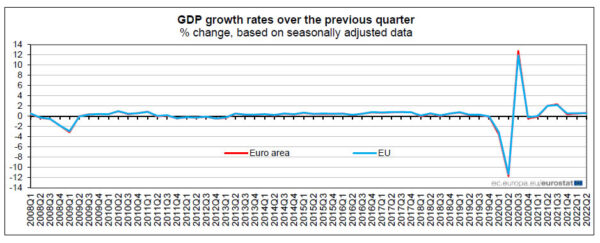
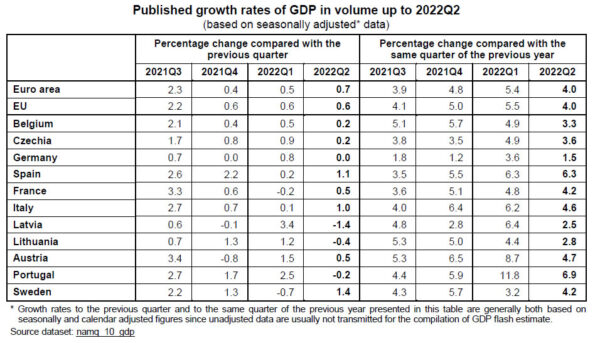
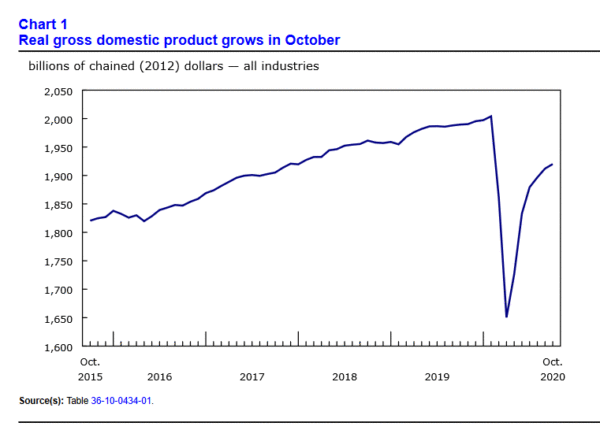
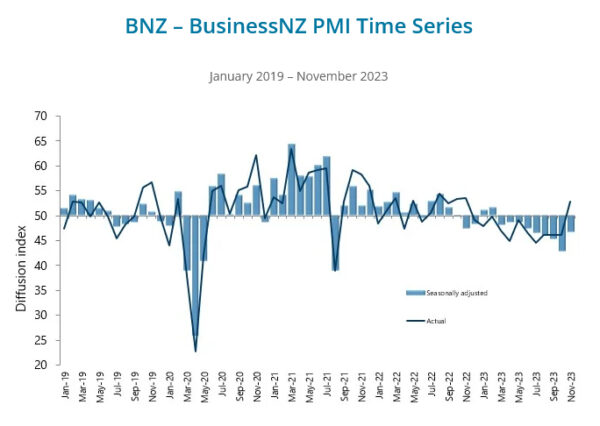
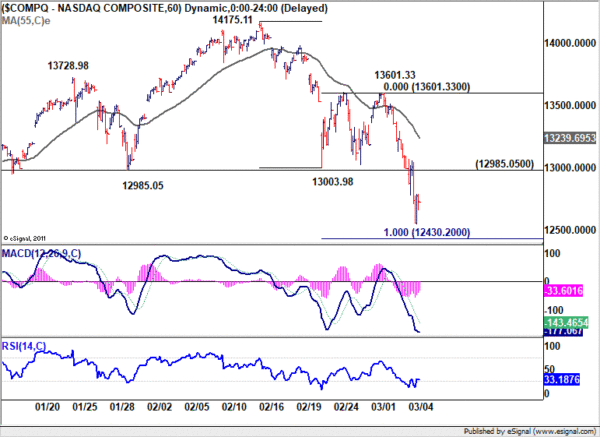
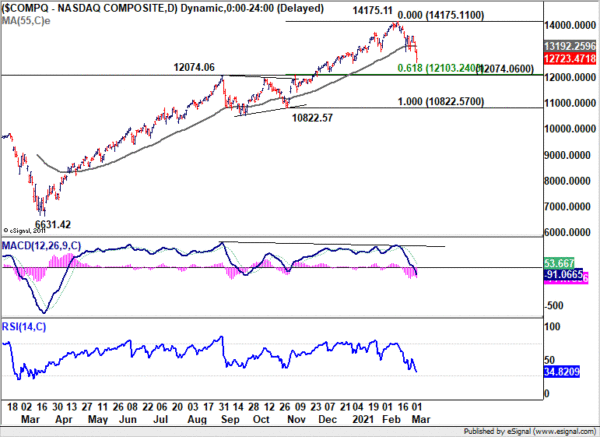
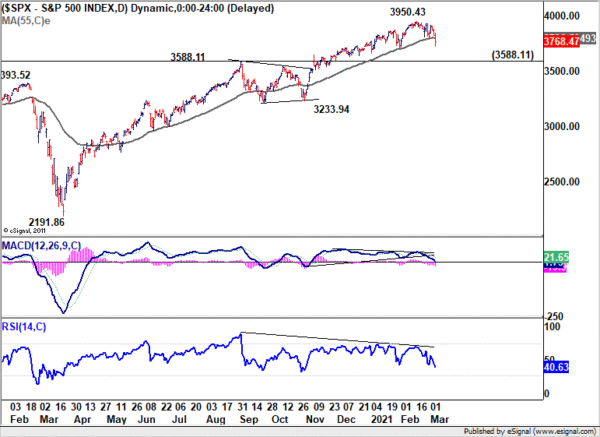
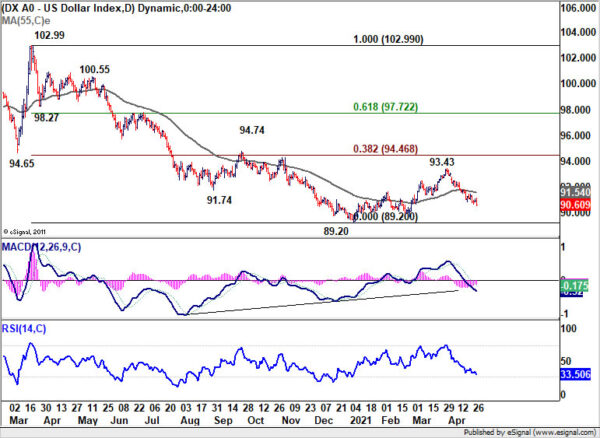
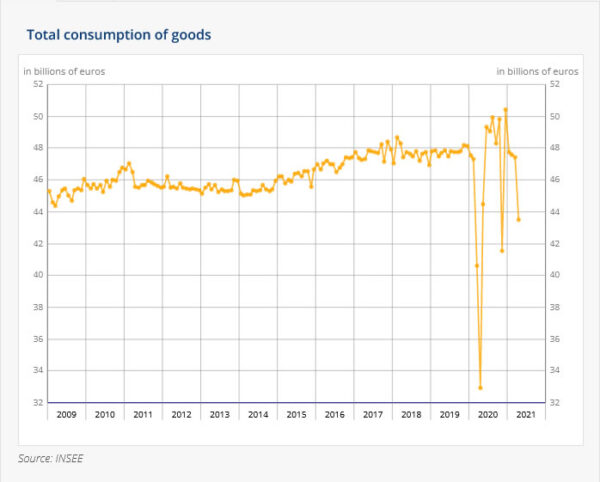
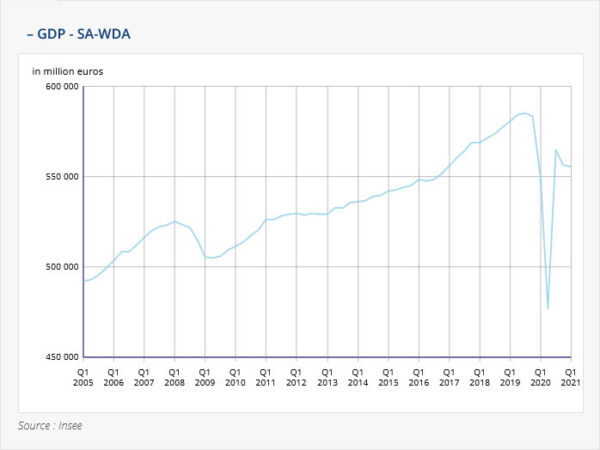

Australia retail sales rose 0.4%, growth in five of six industries
Australia retail sales rose 0.40% mom in June, above expectation of 0.3%. This followed 0.1% rise back in May. Ben James, Director of Quarterly Economy Wide Surveys said “there were rises in five of the six industries this month, although overall the retail environment remains subdued”. Full release here.
In seasonally adjusted terms, there were rises in New South Wales (0.3%), Western Australia (0.8%), Queensland (0.4%), Victoria (0.3%), Tasmania (1.5%), and the Australian Capital Territory (0.3%). South Australia (-0.3%) and the Northern Territory (-0.2%) fell.
Also from Australia, PPI rose 0.4% qoq, 2.0% yoy in Q2, above expectation of 0.2% qoq, 1.9% yoy.